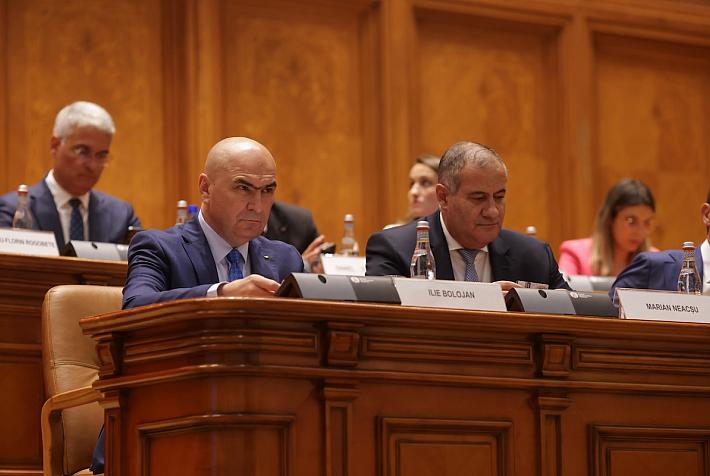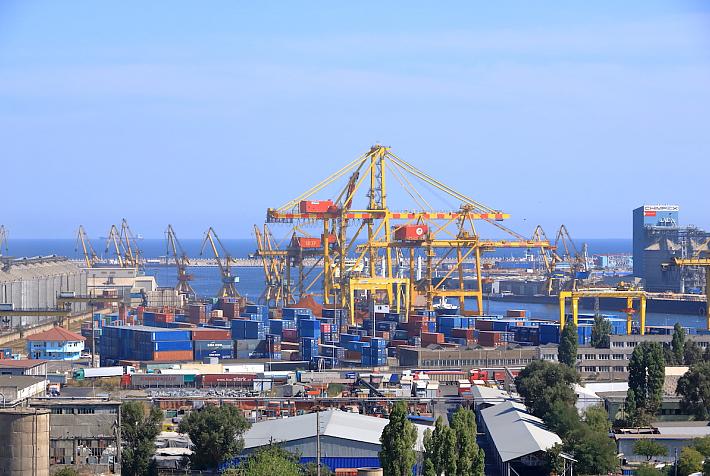Romania’s electricity imports test technological limitations

Romania's electricity imports have exceeded the threshold of 2,000 MW per hour, despite the unexceptional consumption and normal weather conditions.
With these imports, the country seems to have come very close to the technical limit of the interconnection lines with neighboring networks.
"We cannot import at a rate higher than 2,100 - 2,200 MW (per hour), and this may not be enough at peak times," the minister of economy and energy, Virgil Popescu, said at the beginning of this year.
On Wednesday morning, Romania was importing electricity at a rate of 2,133 MW while its production was only 5,400 MW, according to Economica.net. Thus, more than a quarter of the country's electricity consumption (28%) came from imports.
In addition to the rather low input of wind power (wind turbines were producing at a capacity of 406 MW per hour) and lower-than-usual output of hydroelectric power plants (1,920 MW), the electricity production of gas-fired power plants was also very low (400 MW per hour).
The main cause of such a small national production seems to be the overhaul of OMV Petrom's combined cycle gas plant at Brazi, the largest such unit in the country, which has a capacity of 860 MW. At the same time, there was a breakdown at CET Galati and one at the Mintia thermal power plant, along with planned shutdowns of several high-capacity groups, such as one at the Turceni power plant and one at the Portile de Fier hydroelectric plant.
On paper, Romania's total electricity production capacities amount to over 20,000 MW per hour. However, many power plants in Romania are obsolete or don't comply with environmental standards anymore, which is why they are closed.
andrei@romania-insider.com
(Photo source: Pexels.com)













